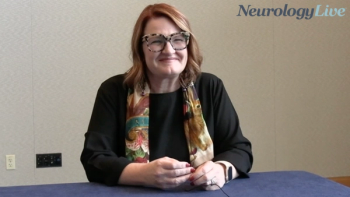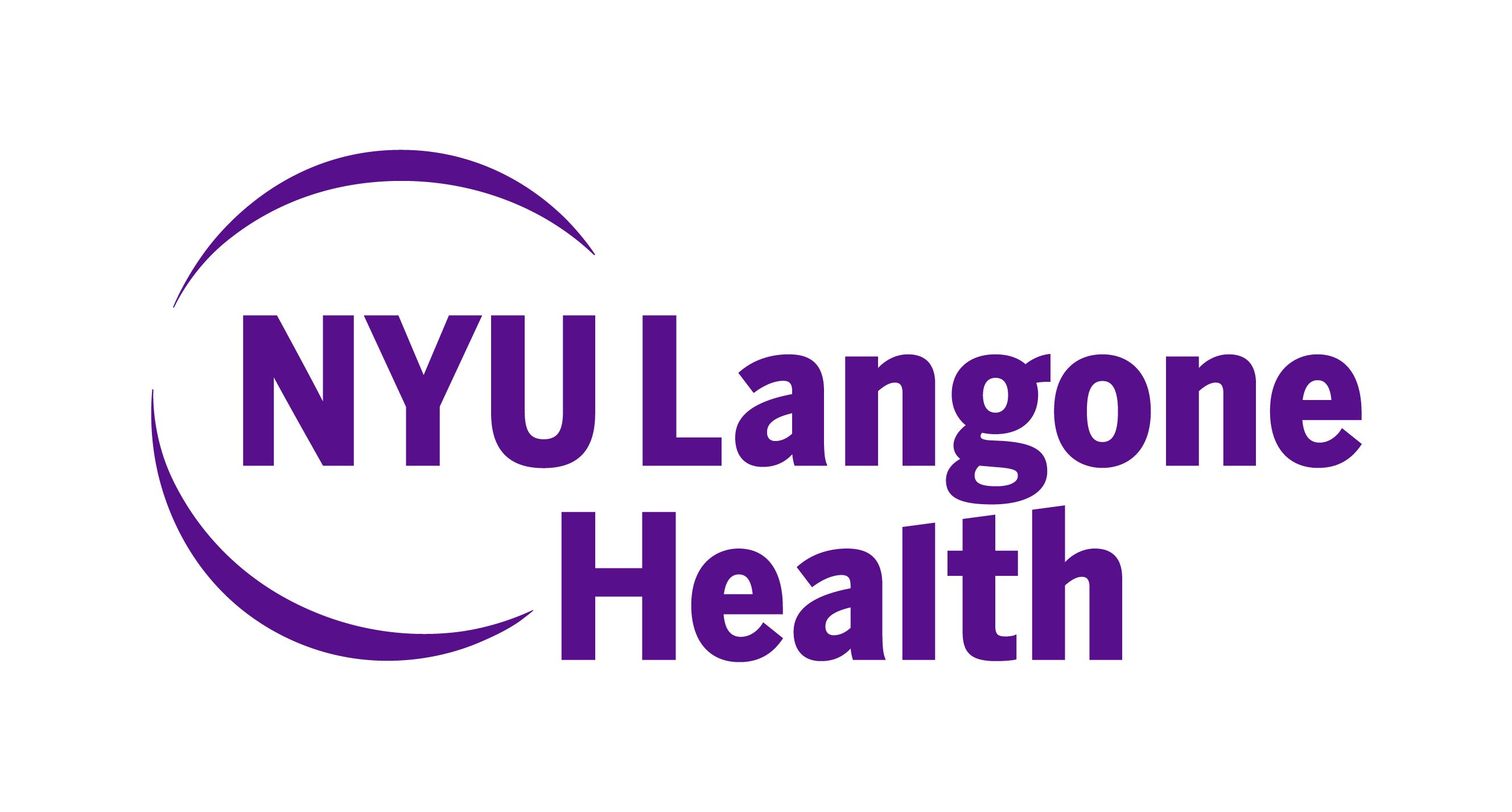
Using Brain Stimulation to Curb Cannabis Overuse in Multiple Sclerosis

Leigh Charvet, PhD, professor of neurology at NYU Grossman School of Medicine, provided clinical insights to her team’s pilot study using at-home brain stimulation to reduce cannabis use in women with multiple sclerosis.
As cannabis use continues to rise among patients with multiple sclerosis (MS), clinicians are increasingly faced with the challenge of managing both its therapeutic and problematic effects. While many patients turn to cannabis to ease pain, spasticity, or insomnia, research suggests that as many as one in five may develop cannabis use disorder, a condition that can worsen cognition, mood, and fatigue. Despite this, there are currently no approved treatments to address problematic cannabis use, leaving a critical gap in care for this population.
In a recent study from NYU Langone Health, researchers led by
NeurologyLive: What were the main findings or takeaways from the study? Were there any underrated observations that stood out?
Leigh Charvet, PhD: We found that a home-based, remotely supervised tDCS program was not only feasible and safe but also highly engaging and effective for people who wanted to reduce their cannabis use. Participants showed meaningful gains in cognitive and emotional functioning, and these improvements lasted even three months after the intervention, suggesting something more durable than a short-term effect.
What stood out most to me was how motivated people were. When we first opened national recruitment, nearly 400 individuals reached out within months. That level of interest speaks to the tremendous unmet need for accessible, evidence-based options to help people reduce or stop cannabis use, especially in populations like MS where these issues are common but rarely addressed.
How prevalent is cannabis misinformation these days? Are patients fully informed about what they’re using?
There is a tremendous amount of misinformation, both among the public and within the healthcare system. More than half of people with MS use cannabis, but only a very small fraction receive a medical prescription or professional guidance. Most people are self-directing their use, often with high-THC products and without a clear understanding of how this might affect cognition, mood, or fatigue.
Even clinicians can underestimate the risks because the messaging around cannabis for medical use is so mixed. We now have strong evidence that heavy or long-term use can worsen some of the same symptoms people are trying to treat. The key is balanced education that helps people understand that the effects of cannabis are real, dose-dependent, and reversible, rather than taking a judgmental stance.
How can brain stimulation become more widely integrated into clinical care for cannabis overuse disorder?
Brain stimulation allows us to directly target the neural circuits involved in distress that is driving craving and self-control - areas that behavioral therapy cannot reach on its own. With tDCS, we can modulate prefrontal networks that regulate emotion and decision-making, and when delivered under remote supervision, it becomes fully accessible from home. The telehealth framework we use for MS studies could easily extend to addiction care more broadly, where daily contact, monitoring, and flexibility are critical. Ultimately, this approach can either be provided directly or in complement to existing behavioral programs.
Are there any follow-ups planned for this trial? What future directions would you or your colleagues like to explore?
Yes, several. We are now running a pilot study in people without MS to see whether the same remote tDCS approach helps those with cannabis overuse in the general population. We are also working to understand the underlying mechanisms-how stimulation changes brain function, and who benefits most. Future studies will look at pairing stimulation with mindfulness or cognitive-behavioral strategies, which could strengthen long-term outcomes. We also want to examine how cannabis use reduction influences symptom burden in MS, as well as identifying any sex differences, since our first study included only women. The larger goal is to move from small pilot work to a scalable, neuroscience-informed model for treating cannabis use disorder that can be applied across clinical settings.
What lessons do you hope to learn from the upcoming pilot study in patients without MS?
This new pilot gives us a chance to test how generalizable our findings are and to see if the same brain-based approach helps people without a neurological condition. We will also learn more about the population who uses, what drives adherence, and what kind of support is needed to make meaningful changes in cannabis use. One of the biggest lessons from the MS trial was that people are eager to participate when the program feels supportive and accessible. The broader pilot will help us refine that model and, hopefully, build a framework for bringing home-based brain stimulation into mainstream clinical care for addiction and behavioral health.
Newsletter
Keep your finger on the pulse of neurology—subscribe to NeurologyLive for expert interviews, new data, and breakthrough treatment updates.


































